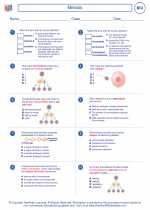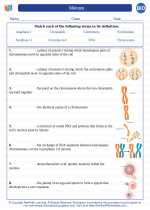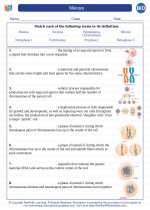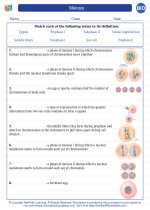Static Electricity
Static electricity is the build-up of electric charge on the surface of an object. It is called "static" because the charges stay in one area rather than flowing to another area as they do in current electricity.
Causes of Static Electricity
Static electricity is caused by the imbalance of positive and negative charges on an object. This imbalance can occur through various processes such as friction, conduction, and induction.
Friction
When two objects rub against each other, electrons can be transferred from one object to the other, causing one object to become positively charged and the other to become negatively charged.
Conduction
Conduction occurs when a charged object comes into direct contact with another object, transferring some of its charge to the second object.
Induction
Induction involves the rearrangement of charges in an object due to the presence of a nearby charged object, without direct contact between the objects.
Effects of Static Electricity
Static electricity can have several effects, such as:
- Attraction and repulsion: Charged objects can attract or repel each other based on their charges (opposite charges attract, like charges repel).
- Static shocks: The sudden flow of static electricity between two objects, often felt as a small shock when touching a metal object after walking on a carpet.
- Spark discharge: When the build-up of static electricity becomes strong enough, it can result in a spark discharge, such as lightning.
- Dust and dirt attraction: Charged objects can attract dust and dirt particles due to their electric charge.
Preventing and Discharging Static Electricity
To prevent and discharge static electricity, various measures can be taken, including:
- Grounding: Connecting an object to the ground to allow excess charges to flow away.
- Humidification: Increasing humidity levels can reduce the build-up of static electricity as moisture helps to conduct away excess charges.
- Antistatic materials: Using materials that are specifically designed to reduce the build-up of static electricity, such as antistatic sprays and mats.
Study Guide
For studying static electricity, you should focus on understanding the causes, effects, and methods of preventing and discharging static electricity. Here are some key points to include in your study:
- Describe the causes of static electricity, including friction, conduction, and induction.
- Explain the effects of static electricity, such as attraction and repulsion, static shocks, spark discharge, and dust attraction.
- Discuss methods for preventing and discharging static electricity, such as grounding, humidification, and the use of antistatic materials.
- Apply your knowledge to real-life examples of static electricity and its impact on everyday objects and processes.
By understanding these key concepts and actively practicing with examples and problems, you can develop a strong grasp of static electricity and its practical applications.
[Static Electricity] Related Worksheets and Study Guides:
.◂Biology Worksheets and Study Guides High School. Meiosis

 Worksheet/Answer key
Worksheet/Answer key
 Worksheet/Answer key
Worksheet/Answer key
 Vocabulary/Answer key
Vocabulary/Answer key
 Vocabulary/Answer key
Vocabulary/Answer key
 Vocabulary/Answer key
Vocabulary/Answer key
